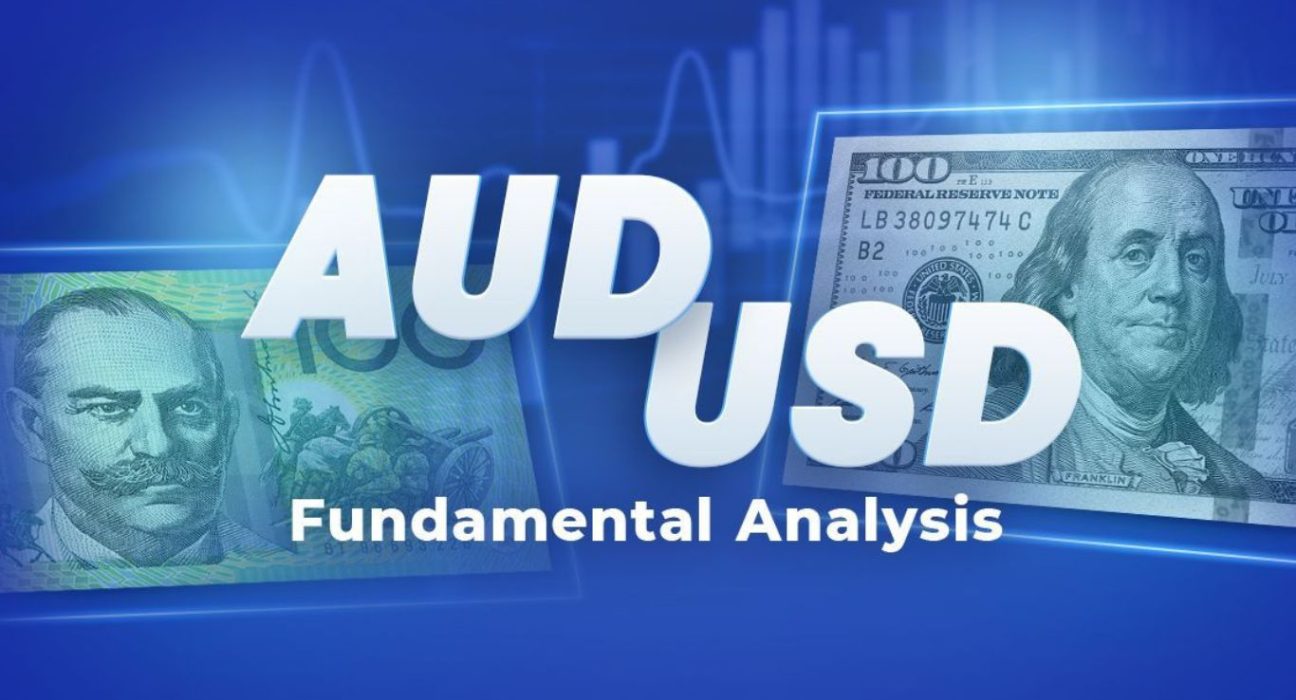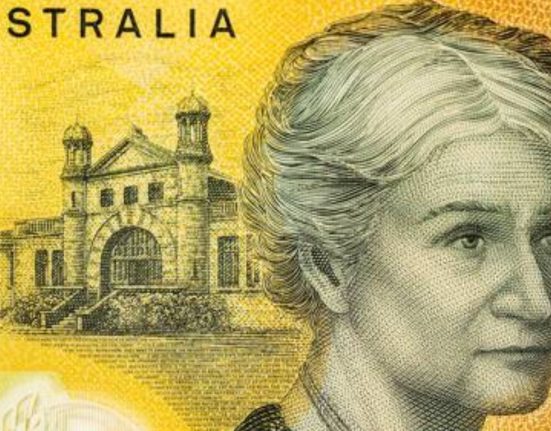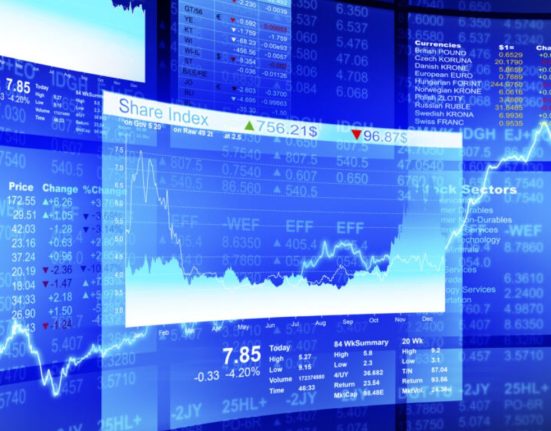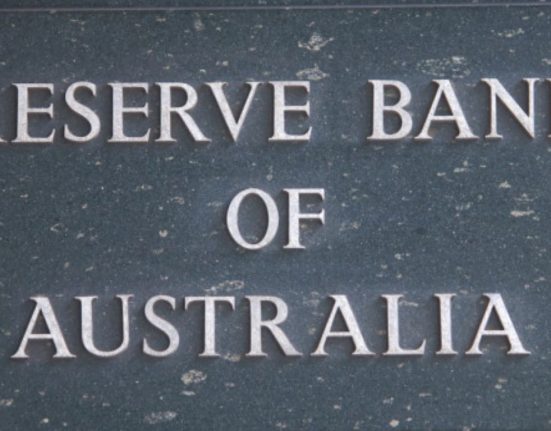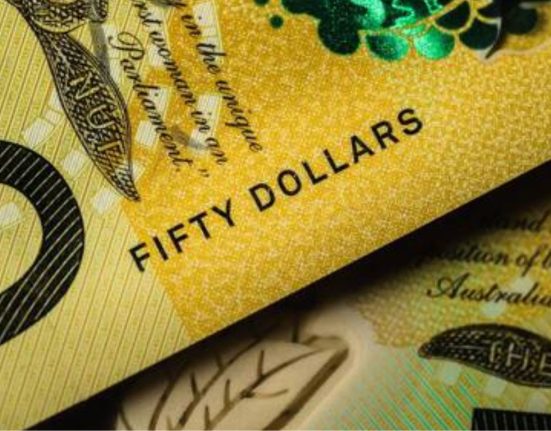Introduction
The AUD/USD currency pair is currently facing challenges in determining a firm intraday direction, exhibiting a sideways movement near the mid-0.6600s. Traders closely monitor this pair, reflecting the relationship between the Australian dollar and the US dollar. This article provides an overview of the recent developments in the AUD/USD exchange rate, shedding light on the factors influencing its movements. By examining these insights, traders can enhance their understanding of the currency pair and make informed trading decisions.
AUD/USD Struggles for Intraday Direction
The AUD/USD exchange rate is currently grappling with finding a clear intraday direction, leading to a consolidation phase around the mid-0.6600s. This level holds significance for traders as it represents a point of balance between buyers and sellers, reflecting indecision in the market.
Factors Influencing AUD/USD Exchange Rate
Several factors contribute to the dynamics of the AUD/USD currency pair. Understanding these factors is crucial for traders aiming to navigate its movements effectively:
Economic Data: Economic indicators from Australia and the United States play a significant role in influencing the AUD/USD exchange rate. Traders should closely monitor data releases such as GDP growth, employment figures, inflation rates, and central bank decisions, as they can impact market sentiment and the value of the respective currencies.
Commodity Prices: As Australia is a major exporter of commodities, fluctuations in commodity prices, particularly those of key exports like iron ore and gold, can influence the Australian dollar. Traders should stay informed about global commodity market trends and their potential impact on the AUD/USD exchange rate.
Risk Sentiment: Market sentiment and risk appetite can affect the AUD/USD exchange rate. During periods of heightened risk aversion, investors tend to seek safer assets such as the US dollar, potentially leading to a stronger dollar and a weaker Australian dollar.
Market Outlook and Potential Trading Strategies
Given the ongoing struggle for intraday direction, traders may consider various strategies when trading the AUD/USD currency pair. Here are a few approaches to consider:
Range Trading Strategy: Traders can take advantage of the consolidation phase and range-bound movements by buying near support levels and selling near resistance levels within the mid-0.6600s range. Implementing appropriate risk management techniques is essential when employing this strategy.
Breakout Strategy: Traders can closely monitor the AUD/USD exchange rate for a breakout above or below the consolidation range. A sustained move beyond these levels may signal the emergence of a new trend and present trading opportunities.
Fundamental Analysis: Staying updated on economic data releases, central bank announcements, and geopolitical developments in both Australia and the United States can aid in fundamental analysis. Understanding the fundamental factors shaping the AUD/USD exchange rate can guide trading decisions.
To summarize, the AUD/USD currency pair currently grapples with finding a clear intraday direction, consolidating around the mid-0.6600s. Traders should closely monitor economic data releases, commodity prices, and overall market sentiment to gauge the potential movement of the Australian dollar against the US dollar. While the struggle for intraday direction persists, traders can employ various strategies to navigate the AUD/USD exchange rate effectively.
Considering the range-bound nature of the pair, range trading strategies may be suitable, allowing traders to buy near support levels and sell near resistance levels within the consolidation range. However, traders should exercise caution and implement appropriate risk management techniques when utilizing this strategy.
Additionally, breakout strategies can be employed to capitalize on potential opportunities arising from a sustained move beyond the consolidation range. Traders should closely monitor the price action for decisive breakouts, which may signal the emergence of a new trend.
Fundamental analysis remains crucial, and traders should stay updated on economic data releases, central bank announcements, and geopolitical developments that can impact the AUD/USD exchange rate. By understanding the fundamental factors driving the currency pair, traders can make informed trading decisions.
In conclusion, the AUD/USD currency pair’s struggle for intraday direction underscores the importance of remaining vigilant and adaptable in the ever-changing forex market. By staying informed, employing appropriate trading strategies, and managing risk effectively, traders can navigate the nuances of the AUD/USD exchange rate and potentially capitalize on trading opportunities.
